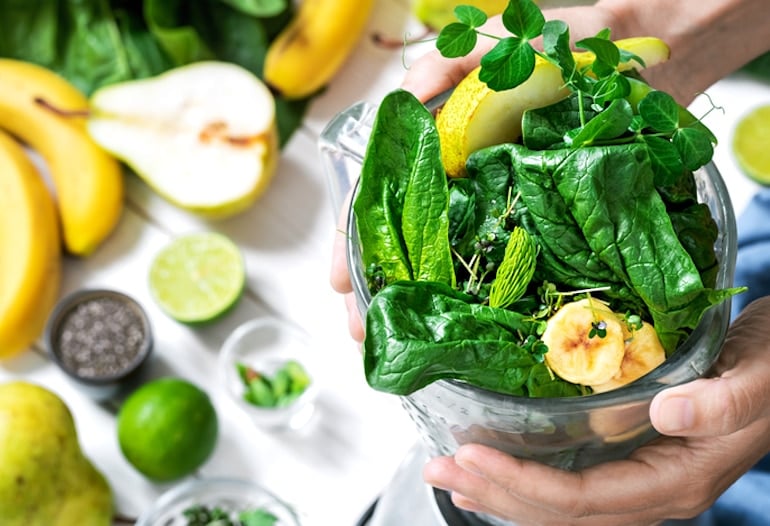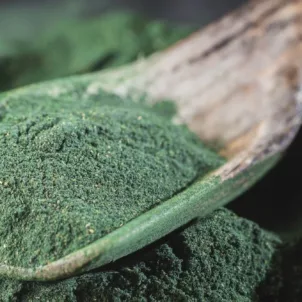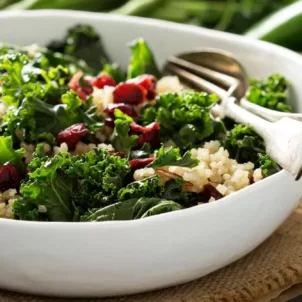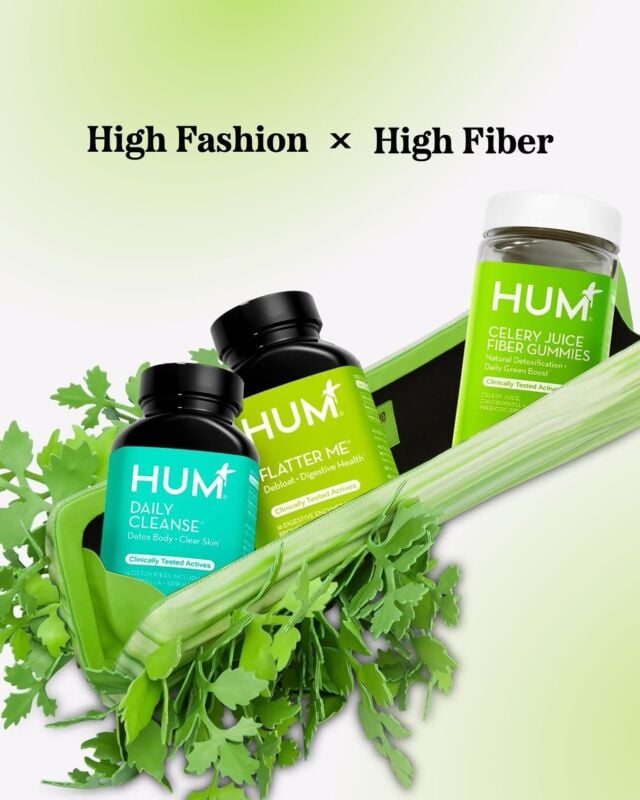THE WELLNEST • Food • Healthy Eating
A Helpful Guide to the Benefits and Types of Leafy Greens
By Shavonne Morrison, MS, RD, LD •
March 22, 2021
Shavonne Morrison, MS, RD, LD, breaks down the different types of leafy greens and their health benefits. Plus: creative ways to add more dark leafy greens to your diet.
I’m sure you’ve heard that it’s important to eat your greens—but what exactly are the benefits?
In this post, we’ll take a look at these delicious nutrition powerhouses that can help keep you healthy. Later, I’ll share creative tips to add more leafy greens to your diet, too.


First, What are leafy greens?
When you think of leafy greens, you might think of the basic foundation you’d find in a salad: think crisp iceberg lettuce, spinach, or perhaps arugula. There are many different types of leafy greens, but they generally refer to the harvested leaves of a plant. Across all varieties, leafy greens provide what some call “roughage,” which is another way of saying they add fiber to your diet. They’re also rich in vitamins, minerals, and phytonutrients. These nutrients are key to optimally carry out your body’s required daily functions, as well as promote overall long-term health.types of leafy greens
This isn’t an exhaustive list of leafy greens, but rather a quick guide to help you differentiate several types of greens from a nutrition standpoint.Lettuces
- light or white in color
- mild in flavor
- high water content
- examples: romaine, cabbage, bok choy
Dark Leafy Greens
- medium to dark green in color
- high nutrient content
- examples: kale, chard, collard greens, spinach

Health Benefits of Dark Leafy Greens
Now let’s get into the specifics. Below are several types of dark leafy greens and the health benefits they offer.Kale
Now a classic, kale was once used to decorate elaborate salad bars because of its sturdiness and vibrant green color. Many people enjoy it raw, massaged, roasted, or in soups. Like all greens, kale is a great source of fiber. It’s also high in calcium and vitamin A. Calcium supports healthy bones, while vitamin A is important for eye and skin health.Swiss Chard
Chard (aka Swiss chard) contains vitamin C, which supports immune health. It also has iron, magnesium, potassium, and calcium. These nutrients are important to maintain good energy levels throughout the day, as well as optimal muscle function. Tip: Since plant-based iron isn’t absorbed as well as iron found in animal foods, pair it with high-vitamin C foods to increase absorption.Arugula
Peppery in flavor, a little goes a long when it comes to this dark leafy green (aka rocket). A 2019 study states the phytochemicals found in arugula have demonstrated benefits for supporting heart health and maintaining longevity.Spinach
Spinach is one of the most widely known dark leafy greens—and most people either love it or hate it. Either way, it’s mild in flavor, versatile, and typically easy to find. Spinach is a good source of iron, magnesium, calcium, and folate. It also has some antioxidant effects, which means it may play a role in supporting long-term health.Collard Greens
Collard greens are very popular in the southern region of the United States, where they’re typically steamed or boiled with various kinds of seasonings. They’re also great to use as wraps or in chopped salads. They contain vitamins A, C, and B6. They’re also a great source of fiber.
How to Get More Greens in Your Diet
The USDA recommends that adults aim for at least two cups of leafy greens each day. Here are a few creative ways to add more greens to your diet so you can easily reap their benefits.- Add new greens to your smoothie. Instead of the typical spinach or kale, try adding chard or bok choy instead. (Depending on the flavor you’re going for, you might want to leave strongly flavored greens, like peppery arugula, out of your smoothie.)
- Blend greens into pasta sauce. This tip is a good way to “hide” dark leafy greens if you’re looking to eat veggies in stealth mode. Otherwise, many people enjoy spinach sautéed and added into their pasta dishes as well. Note: It’s best to sauté the spinach first, discard the water that leaks out, and set it aside before adding it back in to make the final product. This way, you won’t water down your pasta sauce.
- Use large, flat leafy greens as wraps. This method is a tasty, easy way to get more greens in your diet. If you’re trying to reduce your carb intake, lettuce wraps stand in as a great replacement for tortillas.
Final Thoughts
Leafy greens are one of the many types of vegetables that are important to include in your diet. They’re unique in that they can add bulk to meals, helping you feel full for longer. Plus, they offer a variety of vitamins, minerals, and phytonutients that can help maintain good health and promote longevity. Luckily, there are many creative ways to include greens in your diet. With so many options to choose from, there’s bound to be an option that you’ll love. Lastly, if you’ve tried a leafy green that you don’t enjoy, try preparing it in a different way. You might be surprised to find that different preparation methods can positively alter the flavor. However you incorporate these veggies into your diet, make sure to prioritize variety and enjoy the food you’re eating. Doing so will make eating your greens that much more enjoyable and sustainable for your lifestyle.More like this









